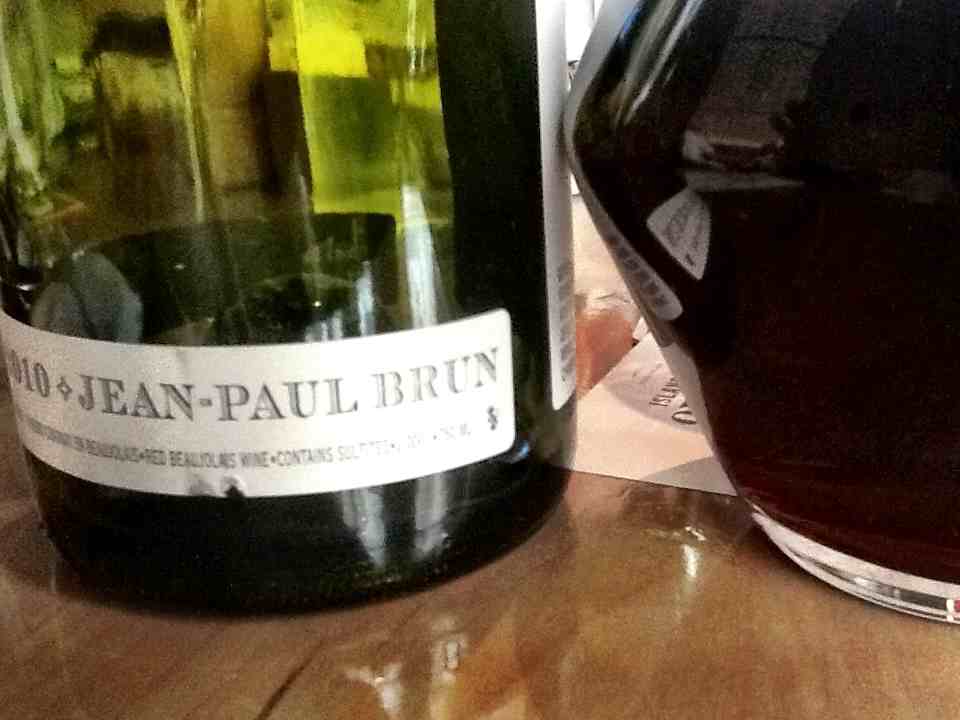Opening red wine with oysters stirs cries of insubordination similar to the ones Beijing party leaders might attach to Tiananmen political dissenters. Champagne, Muscadet, Chablis, Sauvignon Blanc, Gruner, Chenin Blanc, Picpoul and a smattering of other crispy acidic white wines make the cleared list while reds take cover in their brackish shadows.
Give me oysters bathed in their own saline juice and not much more; maybe a touch of mignonette. The acidity in certain white wines that chase these slippery globs of cold ocean meat are cut by the oysters’ briny fluid, allowing the wine’s fruit and oyster’s meaty flavors to come forward arm in arm. For me, it is one of the more satisfying wine and food pairing moments; unlikely and unadorned land and sea players neatly succumbing to their symphonic duties. Still, I am guilty as anyone for growing blinders and sticking to the white wine and oyster path.
I was feeling frisky during a recent mid day drop-in at the Island Creek Oyster Bar. This restaurant is the place I give to out-of-towners visiting Boston who all seem to ask the same question, “Where do you recommend we eat the best seafood while we are in town?” It is easily the top seafood program and restaurant in Boston. The dining room was large enough, our waitress blasse enough, and the pre game Red Sox crowd self-absorbed enough that I decided to order Beaujolais; *** Jean-Paul Brun’s 2010 Terres Dorees Fleurie for $40.
The wine needed to be chilled enough to sidle up to the cool oysters. It’s a personal must to serve wines at temperatures mirroring the oysters’. So, why shouldn’t Beaujolais work? I like mildly chilled Gamay. In traditional Beaujolais years, unlike the really delicious ripe, tannic, full, and bold fruity wines of the previous and heralded 2009 vintage, the wines can be briny with great acidity and sharpness at the fruit’s edge. I heard the 2010’s were also full and round, but different than the 2009’s in their veracious bright red fruit profiles. “The oysters’ saltiness should definitely work with that….2010 was a more traditional Gamay vintage than 2009,” I supposed.
The 2010 Brun Fleurie was overwhelmingly satisfying as it flew in the face of common white wine/oyster pairing wisdom (I walked the restaurant twice and did not see even one bottle of red wine on a table), and as the first 2010 Beaujolais I tasted followed the cacophony of mind blowing 2009s. The wine turned out to be something more than satisfying chasing the local Duxbury, Kingston, and Wellfleet oysters. This pairing was perfect. The pointedness of the acidic and crisp Gamay connected with the oysters’ salty profile which coaxed the meat and fruit flavors out of each other. The Brun Fleurie was clean, vivacious, lively, and salty. Oysters and red wine, c’est arrivée!
I don’t think I can feel too heroic here, though. I remember trips to Paris, gulping the Nouveau Beaujolais with oysters in local bistros. So why not crank it up with big time Cru Beaujolais and our super fresh local oysters in Boston’s best seafood restaurant? What else is a die hard Yankee fan to do sitting in a Kenmore Square restaurant on a Sunday game-day afternoon next to a bunch of Red Sox fans drinking their predictably acidic white wines with oysters? Go deeper against the grain, that’s what! 🙂

